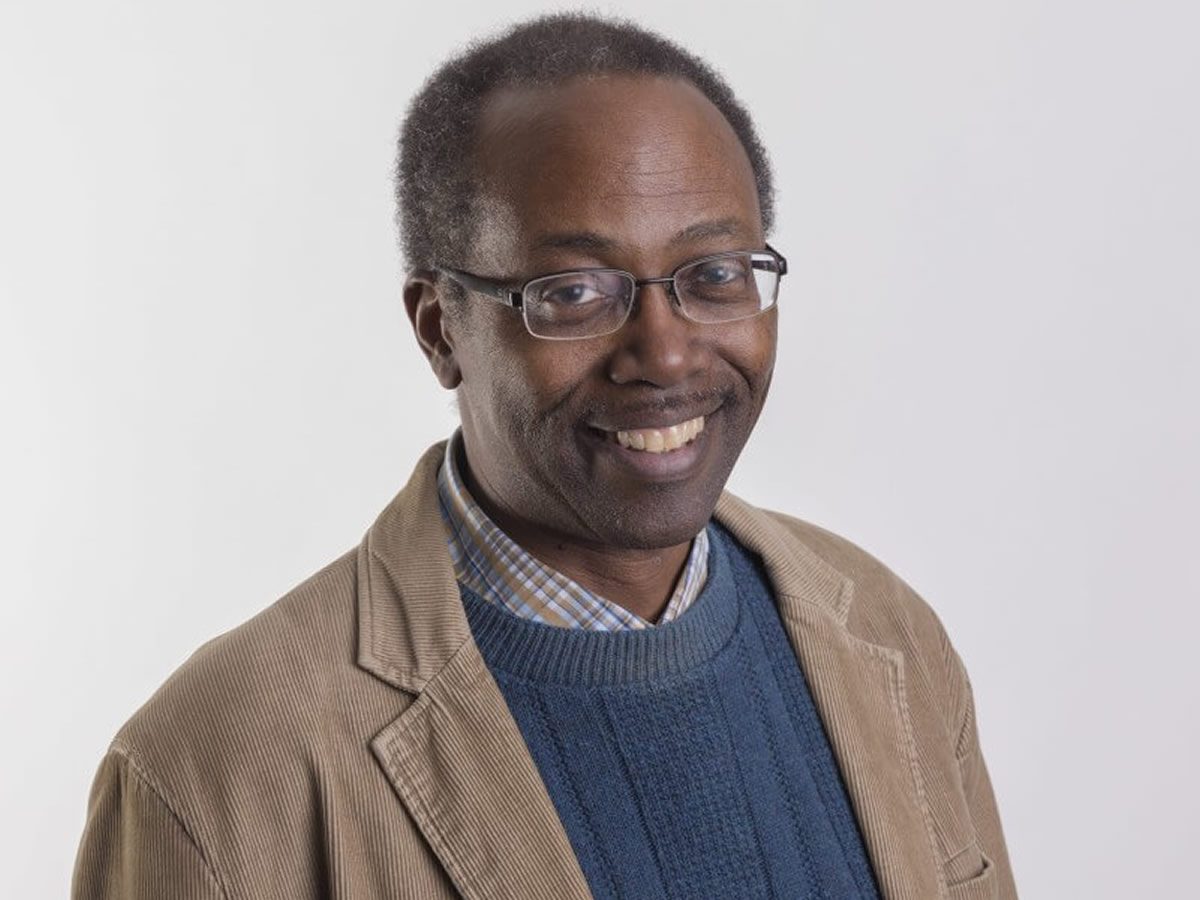July 4th and “the limitations on our own freedom today:” An Interview with Kevin McGruder
July 2, 2024
Interview with Kevin McGruder
The July 4th holiday comes on the heels of both Juneteenth and Pride. What meaning do you think Independence Day has for queer people of color, if any?
I think for many queer people of color Independence Day reminds us of the limitations on our own freedom today. Queer people of color experience barriers to our freedom in areas such as wealth accumulation, housing discrimination, inequitable treatment by police, overrepresentation in prisons, the lack of protections against anti-LGBTQ+ discrimination in the workplace in many places, and other barriers.
You’ve lived, worked in, and written about Harlem as a home community for African Americans in decades past and in the present. What significance did Harlem have for Black queer communities, especially in the past?
Queer people were major participants in the Harlem Renaissance of the 1920s which promoted the work of Black creatives nationally. The 1926 journal Fire!! included the Richard Bruce Nugent short story, “Smoke, Lilies, and Jade” which had a bisexual protagonist. The 1932 Wallace Thurman novel, Infants of the Spring included a queer character modeled after Nugent. By the 1920s, the Oddfellows’ Hamilton Lodge (127th Street in Harlem) Masquerade Ball fundraiser, begun in the 1880s, had morphed into a cross-dressing ball that was covered in the local Black press, and attended by people with no connection to the queer community. By 1929 queer visibility had grown to the point that Rev. Adam Clayton Powell, Sr, pastor of Abyssinian Baptist Church, began a weeks-long campaign against homosexual pastors in Harlem churches.
What significance does Harlem hold for you personally?
Living in the majority Black community of Harlem from 1985 to 2012 provided me with a refuge from overt and covert white hostility, and also with a wide professional and social network. In the 1980s and 1990s there were incidents in which Black men were killed after being confronted by white men when they strayed into predominantly white neighborhoods (Michael Griffith in Howard Beach, Queens; Yusuf Hawkins in Bensonhurst, Brooklyn).
I joined the Abyssinian Baptist Church in Harlem in 1987 and became Director of Real Estate Development for the Abyssinian Development Corporation in 1991, which gave me an opportunity to play a role in the restoration of many vacant buildings in Central Harlem. At the same time, I led the church’s Archives and History Ministry which established the church archives. I also owned or co-owned two retail stores offering products celebrating Harlem, Home to Harlem (1990-1991), and Harlemade Styleshop (2000-2008).
You led Gay Men of African Descent for a number of years. Can you talk about the organization and its significance for the Black gay community and its place in the broader LGBTQ movement at the time?
Formed in 1986, Gay Men of African Descent (GMAD) began as a weekly Friday discussion group, in part because we were not always welcome in predominantly white gay spaces, or in predominantly Black straight spaces. The initial meetings quickly outgrew members’ apartments and shifted to the LGBTQ Center. I became Executive Director in 1997, a time when we received funding from the federal Centers for Disease Control to provide HIV prevention services in New York City. As Executive Director, I became acquainted with other LGBTQ leaders in
New York and nationally, and those connections led me to be invited to join the ALM
Board in 2023. I left GMAD in 2001 and rejoined the Board of GMAD about ten years ago. The organization was on hiatus for several years, but resumed the Friday forum online in 2023.
Today, many national and state queer organizations are led by people of color, including the National Center for Lesbian Rights, the Human Rights Campaign, the Task Force, and American LGBTQ+ Museum. What do these changes mean to you and to the movement’s ability to address its history of exclusion and racism?
Representation among leaders of LGBTQ organizations is important, but in addition to the leaders, we need to look at the composition of organizations’ Boards of Directors, their senior leadership, the organizations’ missions, and their policies to understand their level of commitment to creating a more equitable world for all queer people. I think we are making progress but considering the national headwinds striving to make our nation less equitable, we have many challenges ahead. We have to be strategic and organized to meet this moment.
